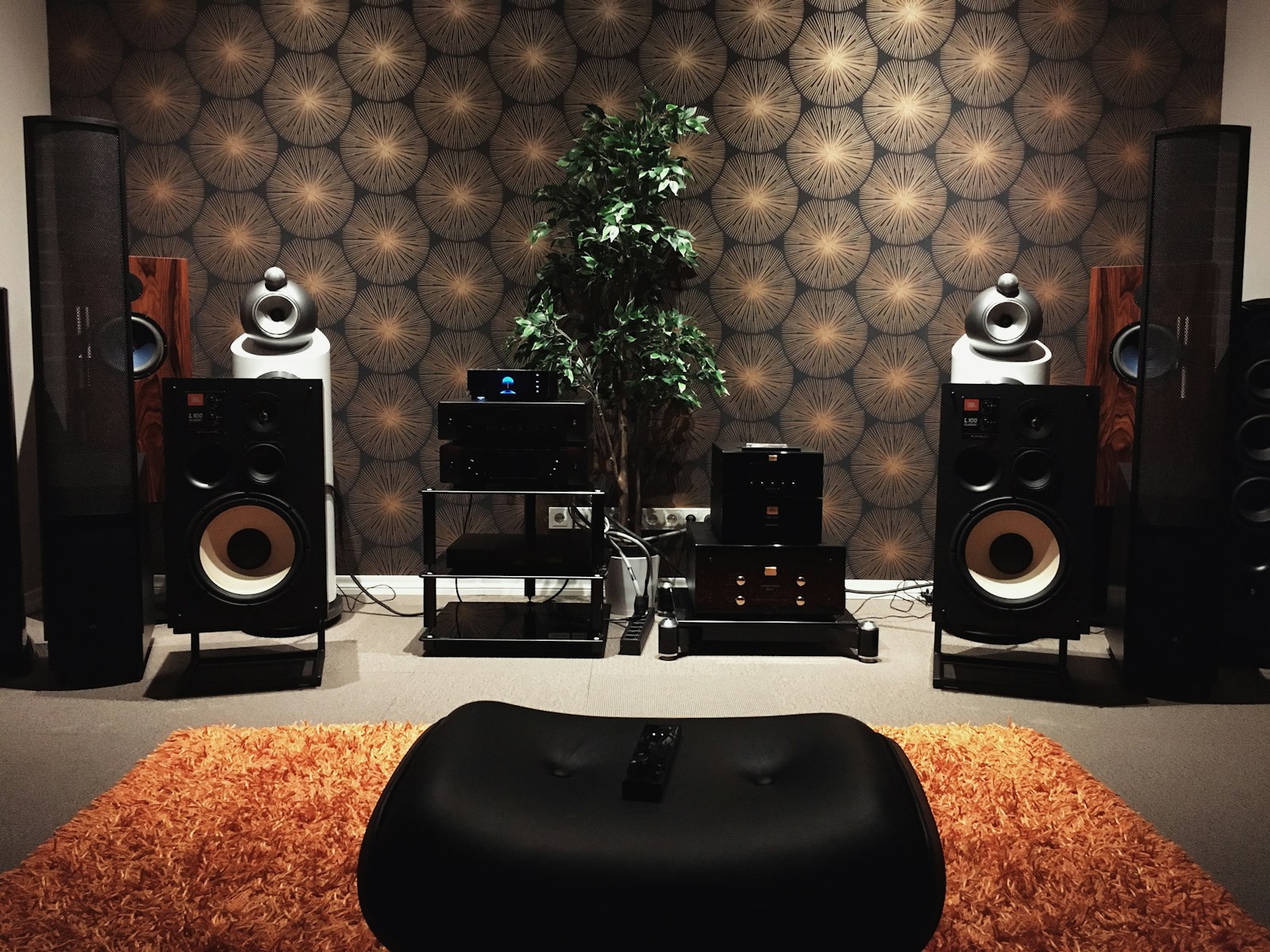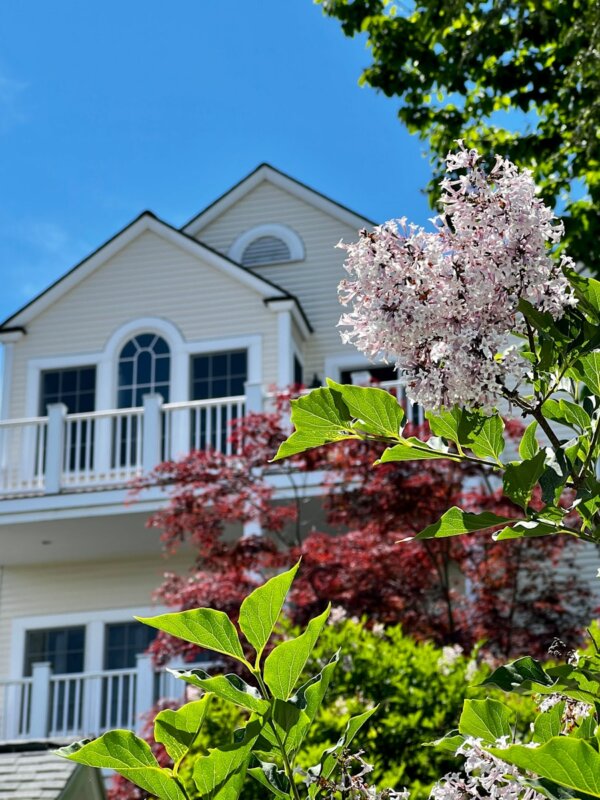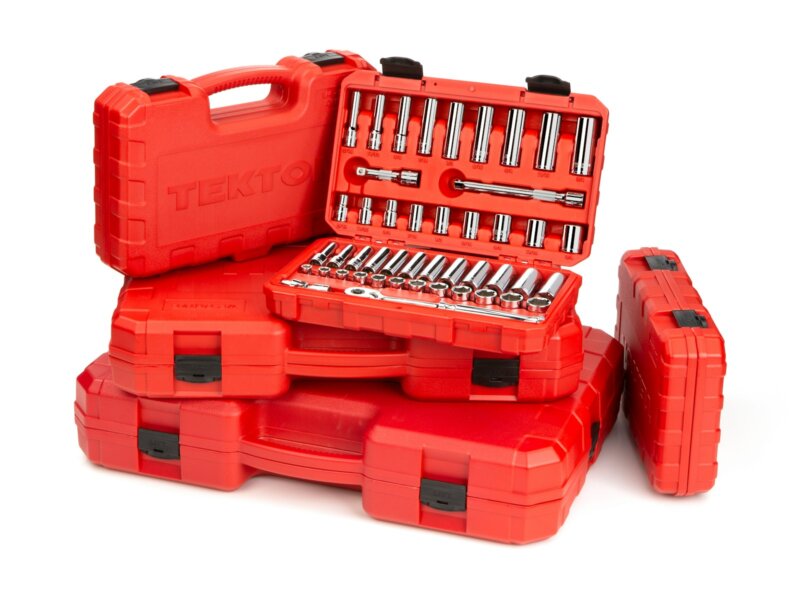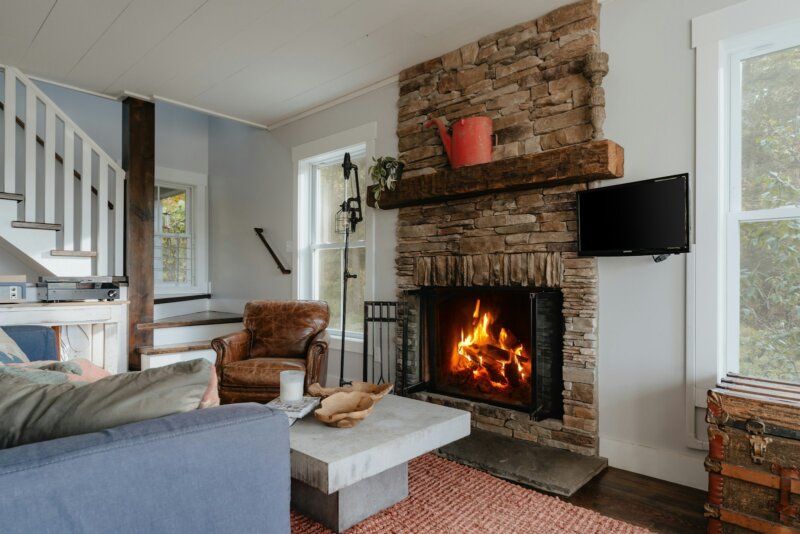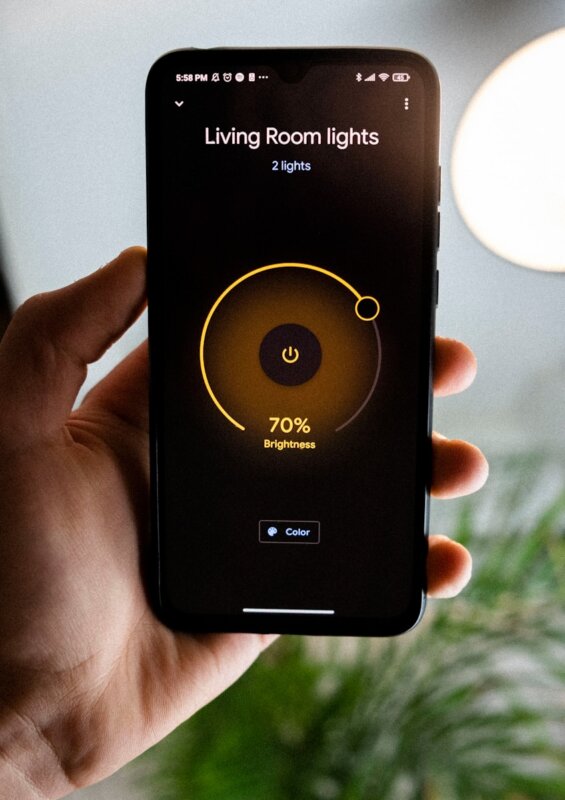Loud neighbors, barking dogs, and street noise can drain your energy. Smart soundproofing helps break that stress. With the right steps, noise reduction can reach 75 percent. This guide, Soundproofing 101: Quiet Solutions for Busy Homes, shows what to use and how to use it. You will see simple upgrades, clear definitions, and real results. Calm rooms are possible, even in a busy house.
Key Principles of Soundproofing
Soundproofing 101: Quiet Solutions for Busy Homes starts with a few core ideas. These basics explain how sound moves and how to slow it. Master them first, then build better sound barriers in every room.
Understanding airborne and impact noise
Airborne noise moves through air. Voices, music, and TV travel this way. These sounds slip through thin walls and tiny gaps around doors.
Impact noise starts with a hit or a vibration. Footsteps, sliding chairs, and dropped toys shake the structure. That vibration turns into sound in the next room.
Control both types for a quiet environment. Try acoustic insulation in walls for airborne sound. Use soft layers, like rugs and pads, to cut impact noise on floors. Heavy curtains can help at windows, and tight door seals stop leaks.
The role of mass, damping, and absorption
Mass blocks sound by adding weight. Thick doors and double drywall slow noise between rooms. Damping stops vibrations before they spread. A damping compound between two boards reduces shaking and impact noise.
Absorption traps sound inside soft materials. Acoustic panels and mineral wool absorb echoes and tame sharp tones. Each method helps in a different way. Combine them for stronger noise control and better interior acoustics. The next section shows how to upgrade walls with these ideas.
Soundproofing Solutions for Walls
Walls carry much of the load in home tranquility. Improve layers, seal gaps, and add weight to block sound. Small changes stack up fast.
Adding acoustic panels
Acoustic panels reduce echo and improve speech clarity. A panel is a soft board that absorbs sound waves. Less echo makes rooms feel calmer at once.
Placement tips for better results:
- Cover the first reflection points beside TVs or speakers.
- Add panels behind a couch or bed to tame harsh bounce.
- Use ceiling tiles in rooms with hard floors for balance.
Mount panels with clips or adhesive, just like picture frames. Choose thicker panels for lower tones, thinner panels for higher tones. In most cases, a mix works well in living rooms and bedrooms.
Installing mass-loaded vinyl
Some noise still pushes through, even with panels. Mass-loaded vinyl, called MLV, adds weight without much thickness. This dense sheet blocks airborne sound by raising wall mass.
Basic steps:
- Fasten MLV to studs or over existing drywall.
- Overlap seams by at least one inch and tape them tight.
- Seal edges around outlets and trim with acoustical sealant.
- Add new drywall on top for a clean finish.
MLV helps bedrooms and media rooms most. It pairs well with acoustic insulation in the stud bays. If you plan electrical work, turn off power and use safe practices.
Soundproofing Solutions for Floors
Floors spread impact noise through framing. Reduce vibration at the source, then soften the surface. This two-step approach brings quick relief.
Using soundproof underlayment
Soundproof underlayment is a thin layer under your floor. It cushions footsteps and absorbs energy before it spreads. Many products report cuts of up to 25 decibels.
Popular choices:
- Rubber, great for impact noise and long life.
- Cork, a natural option that also insulates heat.
- Foam, budget friendly and easy to install.
Lay underlayment under wood, vinyl, or tile. Seal seams, then install the finished floor. For best results, pair it with area rugs in busy paths.
Installing carpets or rugs
Carpet absorbs sound inside a room and under it. Thick pile and dense pads work best. They cushion hard steps and quiet moving chairs.
Quick tips:
- Use a felt or rubber pad under large rugs.
- Cover hallways to cut echo and heel clicks.
- Choose runners on stairs for safer, quieter steps.
This upgrade is fast and renter friendly. It also adds warmth and comfort underfoot.
Soundproofing Solutions for Windows and Doors
Windows and doors are common leak points. Tackle gaps first, then add layers. Small investments here give big gains in noise control.
Adding weatherstripping
Weatherstripping fills tiny spaces around frames. It blocks airborne noise, dust, and cold drafts. Most kits stick on with a peel-and-press backing.
How to apply:
- Clean the frame so the strip adheres well.
- Measure, cut, and press the strip along the stops.
- Close the door or window to test for even contact.
Even thin strips make doors feel heavier and tighter. Add a door sweep at the bottom to seal under-door gaps. The result is a stronger sound barrier and better energy savings.
Installing soundproof curtains
Soundproof curtains use thick fabric to absorb noise. Hang them on standard rods, just like normal drapes. For stronger results, cover the frame edges and reach the floor.
Material tips:
- Look for multi-layer panels with dense cores.
- Choose wider panels to allow pleats and extra coverage.
These curtains also reduce heat loss in winter. That helps comfort and lowers bills in the long run.
Best Materials for Soundproofing
Choosing the right soundproof materials matters. Select by problem type, then by budget and space. The best plan blends absorption, damping, and mass.
Acoustic foam
Acoustic foam absorbs echo and sharp reflections. The bumpy surface breaks up sound waves. This brings calmer interior acoustics without major work.
Use it in home offices, studios, or gaming rooms. Mount panels with spray adhesive or removable strips. Keep in mind, foam does not block sound by itself. Pair it with added mass for noise reduction through walls.
Soundproof drywall
Soundproof drywall adds mass with special inner layers. That slows sound moving from room to room. It helps with voices and with door slams.
Install it during remodels or new builds. For stronger results, add acoustic insulation in the studs and a damping compound between layers. Seal edges at outlets and trim to stop leaks. Results may vary by framing and room shape.
Bottom Line
A quieter home supports sleep, focus, and peace of mind. Start with easy wins, like weatherstripping and rugs. Then add acoustic insulation, MLV, or soundproof drywall where you need more help. These sound barriers stack, so each step pushes noise down.
If cutting into walls or wiring, consider a licensed pro. For health context, groups like the WHO say night noise can disrupt sleep. Even small changes can bring real home tranquility. Use the tips above to build a quiet environment that fits your space and budget. Enjoy peaceful living, one room at a time.

